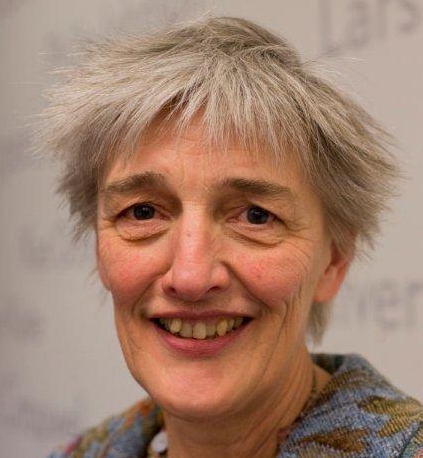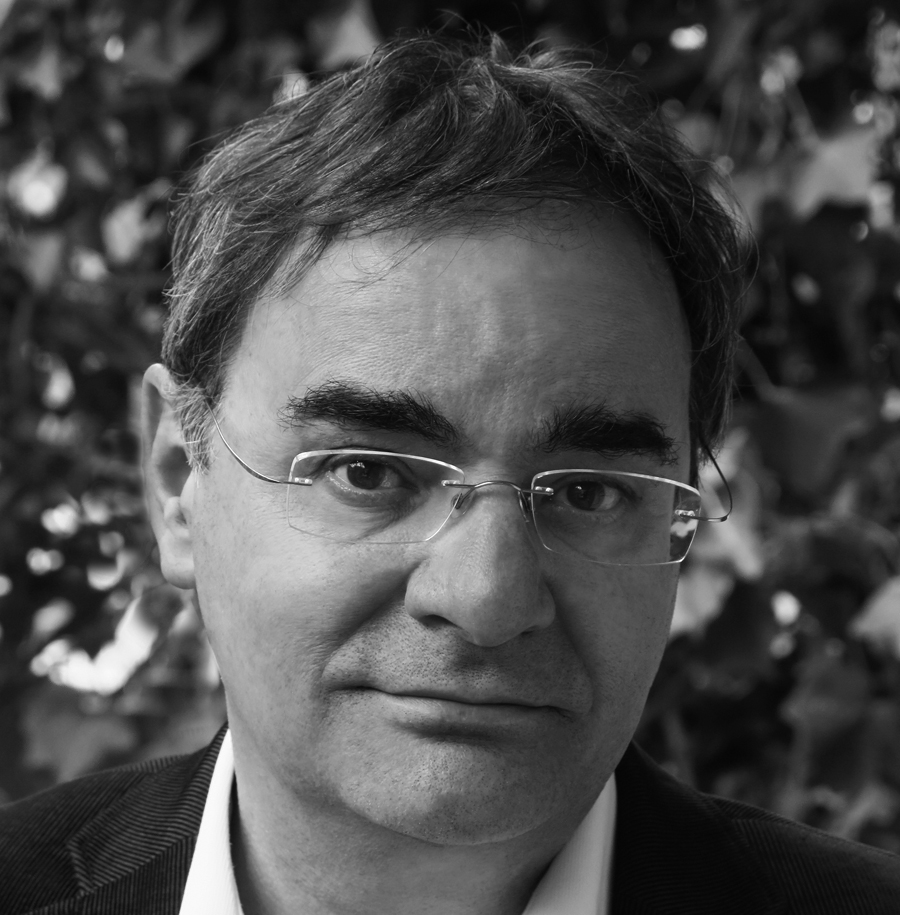Session 3
The perspective of monument protection
How can the cultural memory embodied in church buildings be preserved? How can the history of our society be read from important testimonies of its building activities in the longer term? How can local communities participate in this process of repurposing a church? How can they contribute to the memory of the building?
The Parish Church Plan and the Cooperation between the Municipal Governments, the Central Church Administrations and Individual Church Councils

- Name / Titel
- Jan Jaspers
- Funktion
- PARCUM, Belgium
The idea behind the parish churches plan is to develop a policy that involves all churches on the territory of a municipality, instead of an individual approach for each of the churches. This helicopter view must help to make better choices about which churches will in the longer run still be used for worshipping and for which churches a new (community or other) use can be found. In this view, the future of the churches is not only a problem of the Catholic Church and the individual church committees. It also involves the communal authorities, as historical owner of the buildings and subsidiser of the church committees. It also emphasises the participation of local actors like cultural and heritage associations. The plan must contain basic information about the building itself (cultural, historical, architectural, heritage values, physical condition of the building etc.), the building in its environment, the actual and future use for worshipping, the possible interest of new users. Based on this formulation, PARCUM-CRKC developed in dialogue with the Flemish dioceses a model for the parish church plans and a step-by-step plan to develop it in dialogue with all concerned parties. The roadmap pays extra attention to the participation of the local community in order to enlarge the support base for continued or new use for these building that still stand in the heart of the society.
Reuse and cultural carrying capacity of age. Old city churches in the Netherlands

- Name / Titel
- Marieke Kuipers
- Funktion
- TU Delft, the Netherlands
Since the Reformation, adaptation of religious buildings to secular functions is not uncommon in the Netherlands. The age-old city churches remained long in use as a place of worship, until the process of secularisation and depopulation of inner cities created the challenge to find new funding for their maintenance. Due to the formal separation between Church and State, the religious communities must finance the conservation of the church buildings for the major part and can only obtain partial grants. Consequently, even highly valued monumental churches, dating back from the Middle Ages, need new interventions for contemporary reuse in order to survive economically. Unlike earlier adaptations, the recent interventions show much more contrasts for other or additional uses. This raises the question if there is sufficient understanding of the ‘cultural carrying capacity’ of the particular churches and the concept of ‘compatibility’, usually meant in a technical sense, is considered also in a wider sense for the assessment of the cultural-historical, functional and architectural appropriateness of the proposed interventions.
The relationship of monument preservation to the sacred

- Name / Titel
- Nott Caviezel
- Funktion
- TU Vienna, Austria
The preservation of monuments is a time-bound task whose social relevance is constantly being redefined. Accordingly, monument preservation acts and operates within recognized doctrines. As much as the protection and preservation of monuments is at the forefront, there is always room for maneuver. Where specialist expertise concerns the material aspects of the monument, the discipline can rely on a reliable set of instruments. Experience has shown that problems arise in dealing with the genuine monumental values when these relate to the more spiritual, even transcendental characteristics of a building, which are more difficult to ascertain and communicate. This also includes the so-called sacred, which is experienced and evaluated differently in and beyond the church building. In the considerations and plans for the conversion of churches, the sacred becomes the plaything of a wide variety of actors. Where does heritage conservation position itself?
Chair

- Name / Titel
- Jan Jaspers
- Funktion
- PARCUM, Belgium
